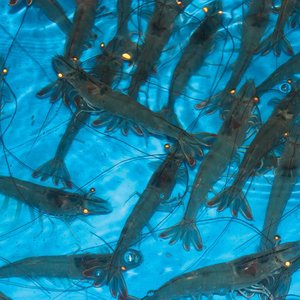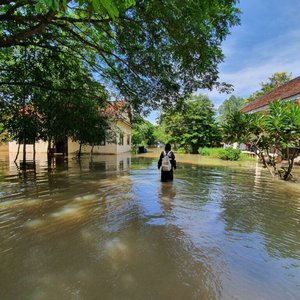Researchers at the University of Gothenburg bred red signal cucumber in captivity for the first time. The long-term goal of the research is to be able to breed sea cucumbers to replenish the wild population, for example in Gullmarsfjorden. Sea cucumbers are sensitive to bottom trawling, which previously occurred in Gullmarsfjorden.
Researchers used protocols from other species of cucumbers and adapted them to a kind of cold water. Last year, they managed to breed red cucumbers in captivity for the first time in Sweden and this year, two sea cucumber larvae went through all three larval stages and became juveniles.
“Last year, we focused on the first larval stage and examined what and how much they eat. When we got over it, we were able to optimize that stage this year and that led to the juveniles,” said Ellen Schagerström, marine biologist, Department of Biological & Environmental Sciences at the University of Gothenburg.
Sea cucumbers live on the seabed and eat waste from fish, mussels and bits of dead algae that sink to the bottom. This also makes them valuable for use in fish, algae or oyster culture as circular aquaculture. “Now that we have juveniles, the next step is to find out how fast they grow and how much waste they can eat,” said Schagerström.
The study is part of the SWEMARC project Circular funded by the Swedish Board of Agriculture.













